This article will contain spoilers.
The release of “The Iron Claw” at the beginning of this year made tears well and hearts wrench. The film is about the true story of the Von Erich wrestling family and the tragedy that relentlessly strikes the brothers. My older sister, older brother, younger brother and I saw the film during a Sunday matinee. As the credits rolled, I was distraught and tender, eager to prove to my siblings how much I loved them in the fear that they would leave me in a split second.
This is exactly how I was supposed to feel after watching that movie.
Siblingship portrayal in cinema should achieve representation and plot enrichment whether it’s a slapstick comedy like “Step Brothers” or a heartening drama like “Little Women.” One’s relationship with their sibling is one of the most important in their life. Their comrade, teacher and sanctuary. Film can create momentum for sibling connection, relationship repair and demonstration. The following movies are some of the most authentic presentations of siblingship.
“Diary of a Wimpy Kid” is especially representative of male siblingship. With a brother at each stage of childhood: a toddler, a tween and a teenager. Their dynamic is complicated. The middle brother, Greg, gets heat from both sides. Baby brother Manny is out to get him, ruining his video games and getting away with it. Older brother Roderick makes his life harder with relentless teasing.
Nonetheless, in the second installment of the films, “Diary of a Wimpy Kid: Rodrick Rules,” Greg and Roderick begin to bond as Roderick shows Greg his way of life. He teaches him how to get out of chores, reuse essays and play pranks. After they get into a serious fight, Greg makes a sacrifice for his older brother, big enough to earn his forgiveness. The movie accurately conveys sibling animosity and concurrent fondness. The constant back and forth of getting along, then going for the jugular.
Another wonderful representation of brotherhood is shown by Disney’s “Onward.” Two brothers, after losing their father, embark on a chaotic adventure with the goal of spending one more day with him. Complete opposites, the brothers must work together to fulfill the younger brother Ian’s dream of meeting his dad, who died before he could form a memory with him.
Although the road is long, it seems the brothers are glad to be on the ride together. However, disaster strikes and Ian lashes out at his older brother Barely, blaming him for everything and hurting his feelings. In the wake of his intense emotions, Ian watches a supercut of his early life where he’s sharing milestones with his big brother. Realizing that Barely has been what his father never could, Ian makes amends with his brother, letting him share a last moment with their father, abandoning his dream.
This film successfully portrays the relationship between two siblings, one the child and the other a parental figure. At first, Ian doesn’t understand and resents his older brother. In the end, Ian realizes that he was the foundation of his childhood and finally begins to feel grateful for him. Meanwhile, Barely never berates or blames Ian. He only does everything he can to see him happy.
Completely different yet similar to brotherhood is the kinship between women. The volatile but valuable relationship between sisters is comparable to brotherhood in the sense that these siblings share not just a roof, but gender.
“Little Women” is one of the best movies representing sisterhood. Four sisters, each more different than the last, all have different dreams. Meg and Jo are closest in age and to each other. Amy is the ever bugging little sister always wanting to join them. Beth just wants to play piano.
Their irritation with each other shows when Meg finally tells Jo that just because her life dream is traditional, doesn’t mean it’s stupid. Also, when Jo gives Amy the silent treatment after she burns the first manuscript of Jo’s book. Their love for each other shows when Jo puts her feelings for Laurie aside for Amy’s sake. And when the girls come together in compassion after losing Beth to scarlet fever. “Little Women” presents sisterhood as it is: a tumultuous coming of age relationship where your biggest enemy can be your only ally.
A film revolving around sisters at war is, “In Her Shoes.” Maggie is messy and immature, refusing to grow up. Her responsible sister, Rose, enjoys her company. Yet, Maggie’s mishaps pile up high enough for Rose to finally kick her out. Just before Maggie is officially evicted by her sister, she commits the ultimate girl code betrayal. They have an explosive fight and Maggie flees to their estranged grandmother. They both continue living their lives, but it’s apparent they miss each other. When Rose shows up to the retirement center Maggie has been hiding at, the sisters reconcile and understand they cannot live without each other.
The film serves its purpose, showing the complexities of sisterhood. What Maggie does is relationship ending to a friendship, but a mere blip like this cannot sever the ties of sisterhood. A bond bound by blood is more intricate than a chosen partnership, and sometimes forgiveness is the key component to maintaining that bond. This movie also conveys how the greatest love of your life is not always romantic. There’s a specific monologue that Maggie delivers at the end of the film that encapsulates my feelings about my sister, who I know is nothing short of my soulmate.
The horror genre commonly presents siblingship. “Jeepers Creepers,” “Lost Boys,” “The Black Phone” and “The Visit,” to name a few good ones. Usually, the siblings must come together to defeat whatever threatens them. Sometimes one sibling is braver than the other, sacrificing themselves fearlessly for the sake of their kin. The sibling trope is used frequently in horror films because who else is willing to confront a murder or supernatural terror for you but your own blood? Love’s greatest showcase is sacrifice. Giving something up for the sake of the person you care about. In many horror movies, that goes as far as risking your life.
One of my favorite portrayals of brother and sister is in the horror film “Nope.” Emerald and OJ are the recent acquirers of a horse ranch, after their father passes away. Following a series of strange mishaps, the siblings realize that the ranch and themselves are in danger. They disagree as siblings do, but as intensely as they argue, they look out for each other.
There’s a specific scene that epitomizes siblingship, and makes me think of me and my big brother every time. OJ is mounted on a horse, just about to ride off in an attempt to confront the monster that terrorizes them. Emerald is about to go the opposite way. Just before they part, they lock eyes. Worry spreads on Emerald’s face while OJ is stoic. They nod to each other. It’s a subtle acknowledgement of their mutual affection, and an assurance that they will see each other again.
Siblinghood between brother and sister can be tricky. Because of the difference in gender, issues in understanding each other are bound to arise. Nonetheless, growing up in the same house with the same guardians can bond people like nothing else.
In films like “This Is Where I Leave You” and “What’s Eating Gilbert Grape,” one can find representation of big, mixed-gendered families.
“This Is Where I Leave You” depicts a family in mourning after the loss of the patriarch. The siblings return home, in the midst of their own personal crises. What’s especially endearing about this film is the relationship between the only girl and the youngest child. In a sentimental scene, younger brother, Phillip, assures his oldest and only sister, Wendy, that it was her who took care of him when they were younger and whom he idolized the most.
As an older sister, this moment was especially touching. Taking care of our younger siblings is innate, we do it absent-mindedly like breathing. It’s not until they go from grubby, whining toddlers to full fledged humans with minds of their own that we realize we were helping to raise them
“What’s Eating Gilbert Grape” conveys a family under pressure. Older brother Gilbert is tasked with taking care of his autistic little brother, Arnie. Older sister Ellen serves as a parent, with their mother overweight and father dead, she takes care of the house and younger sister Amy.
Gilbert knows there’s more to life than their small town, and after meeting Becky, he knows he wants to see it. The problem is, who will take care of his family?
This film succeeds in showing how family can be a source of strength, but also a suffocating weight. Gilbert loves his brother, but can’t stand how he holds him back. Our siblings can be burdens. They’re pestering and frustrating, but they’re ours. Their friendship is unwavering, which makes us unwittingly devoted to them.
Many a movie has accurately reflected stories of romantic and platonic love. In its own realm, and arguably harder to portray, is sibling love. How does one depict the white, hot rage only a brother can elicit after getting in the shower when you were just about to. The fervent appreciation of one’s sister after she lets you borrow her cardigan. Without being tacky or sappy, how do you do it perfectly enough to get the message across?
I guess the same can be said for how to tell your sibling you love them.
Let these films be a guide.


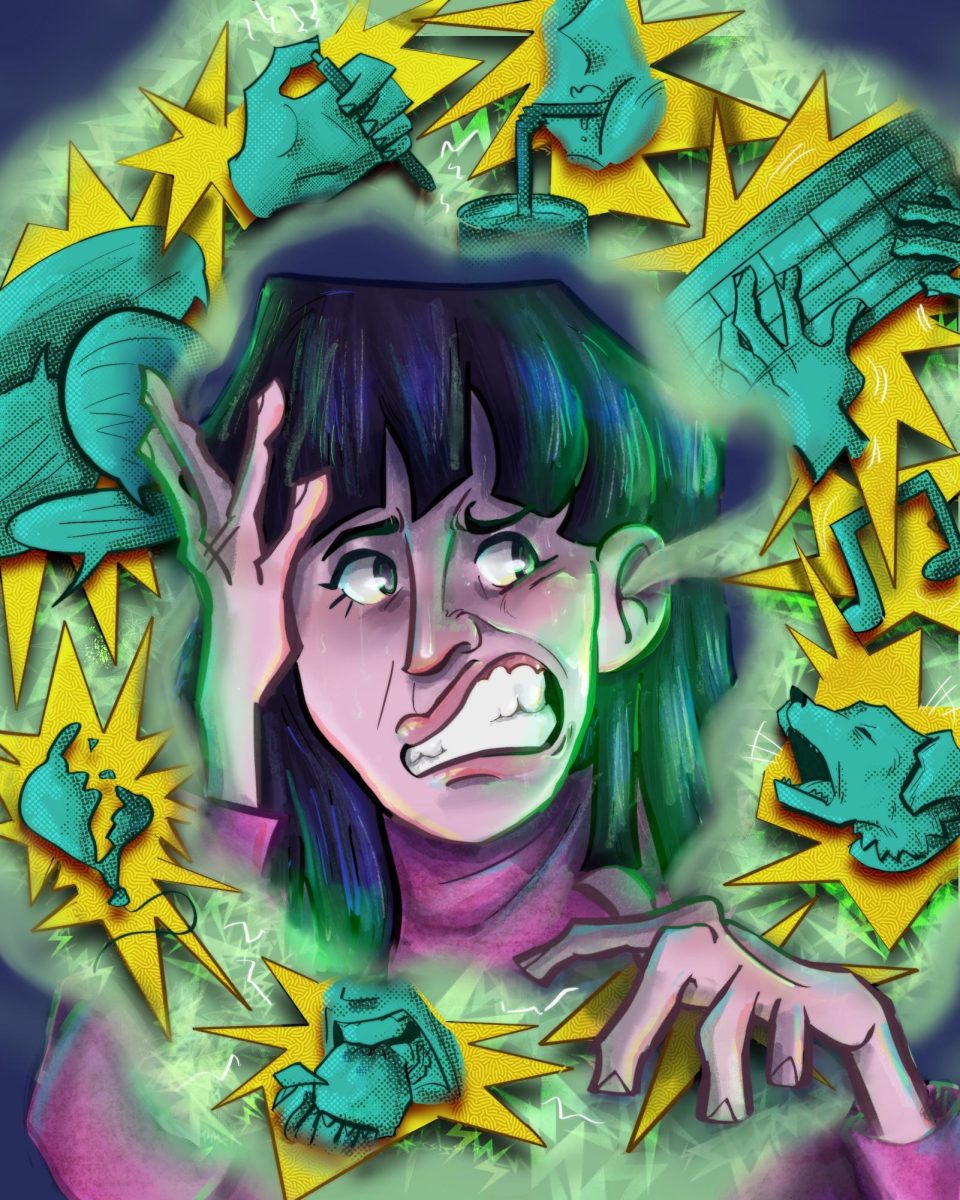
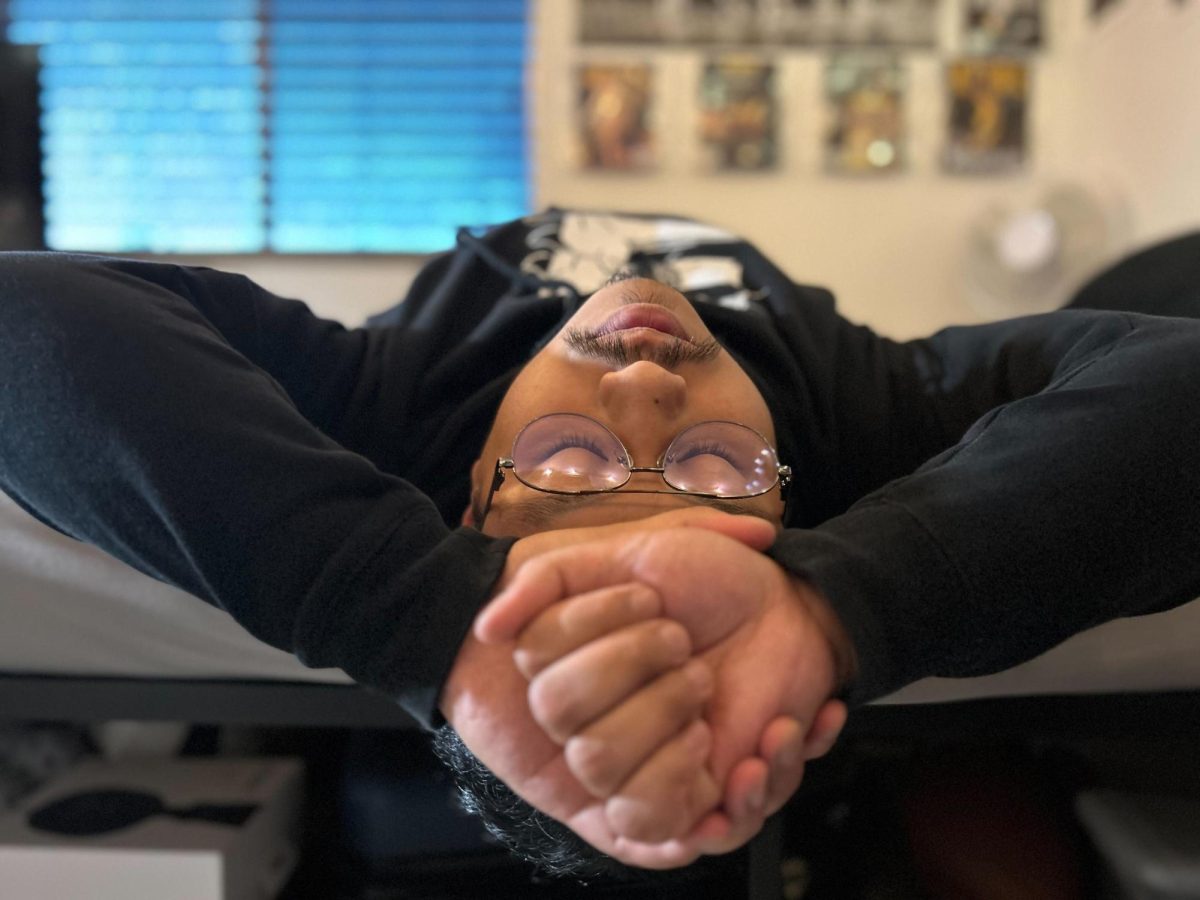
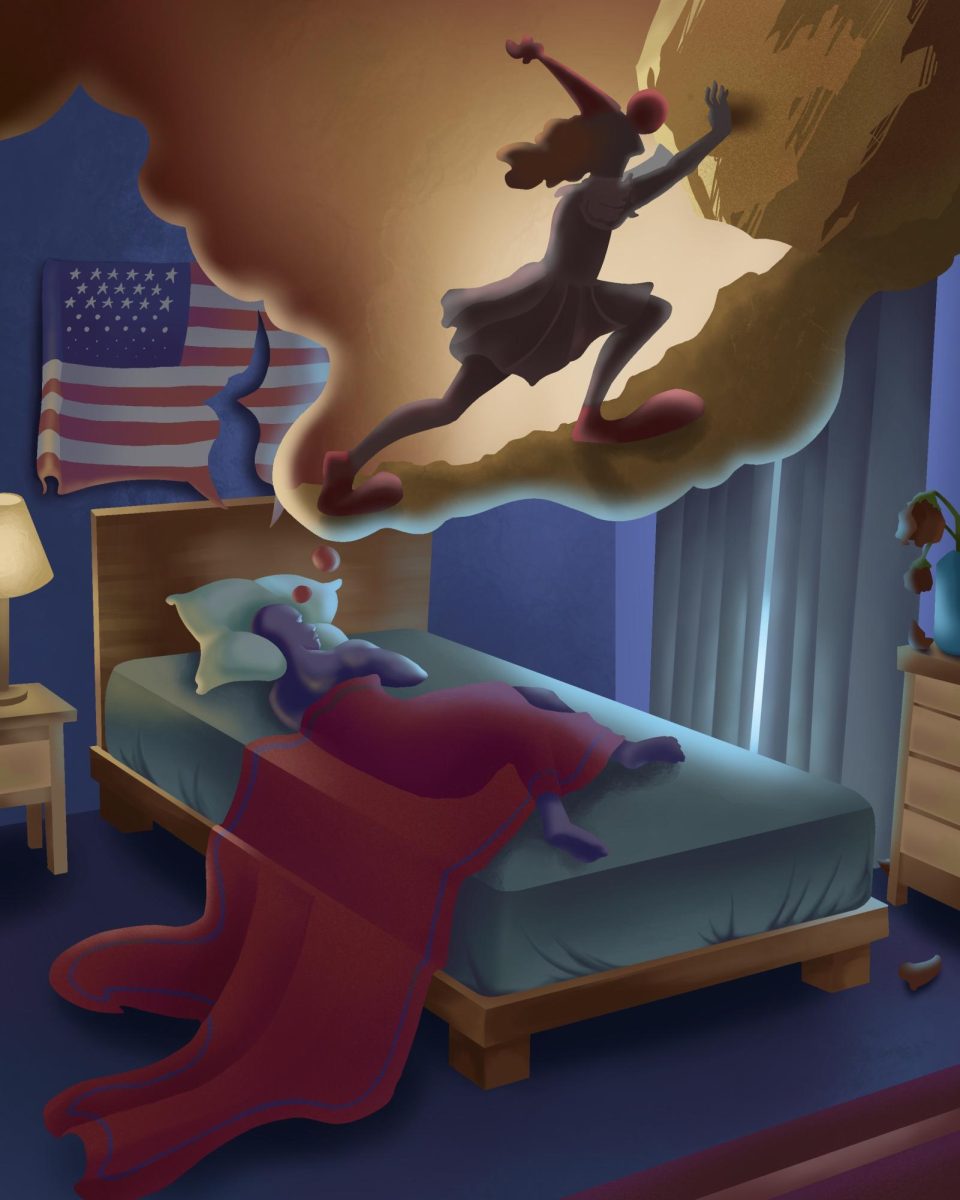
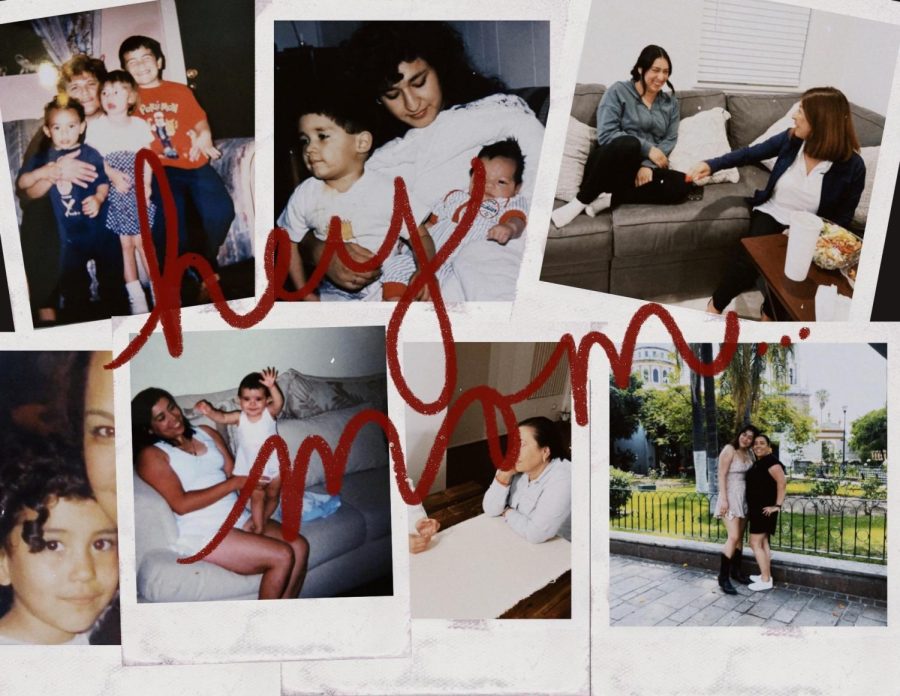
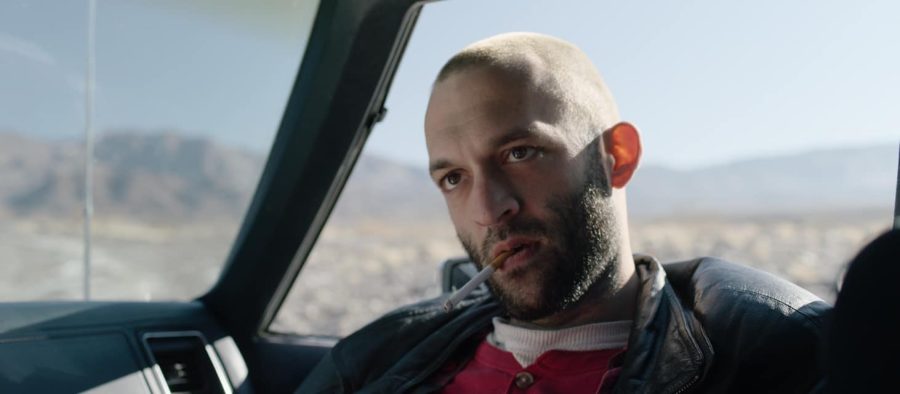


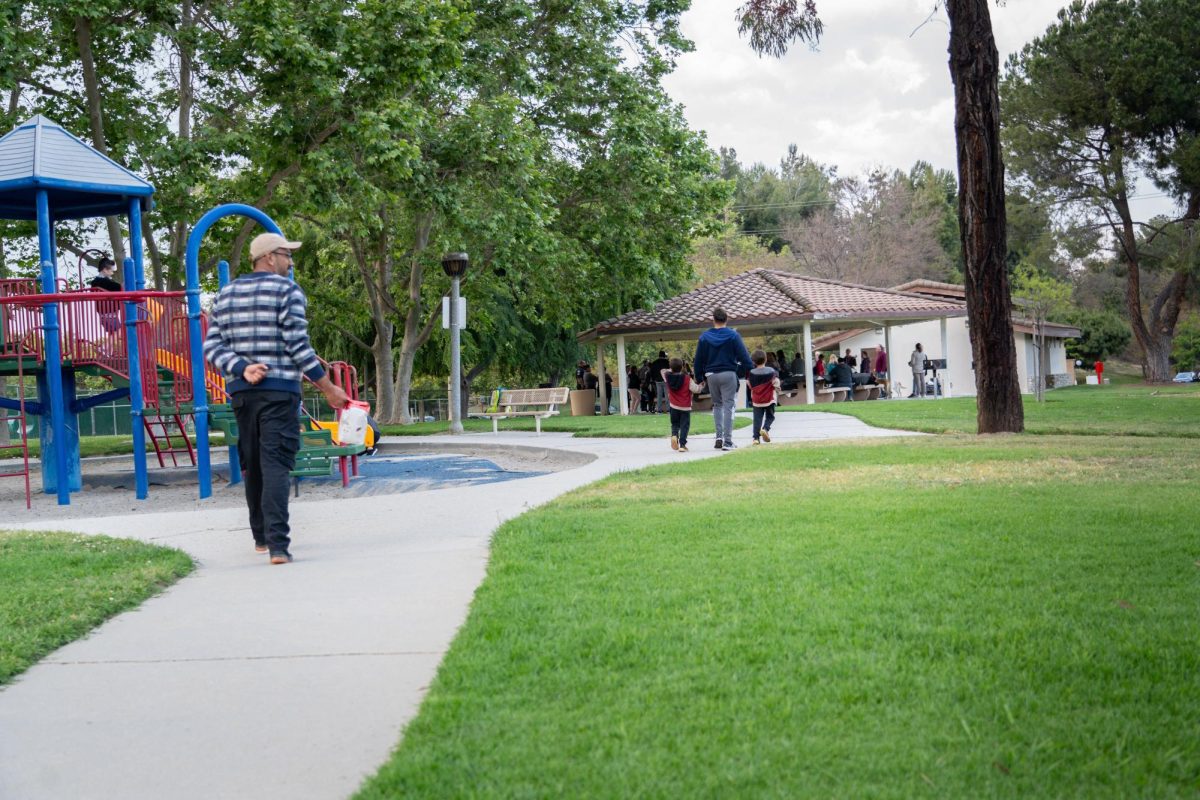


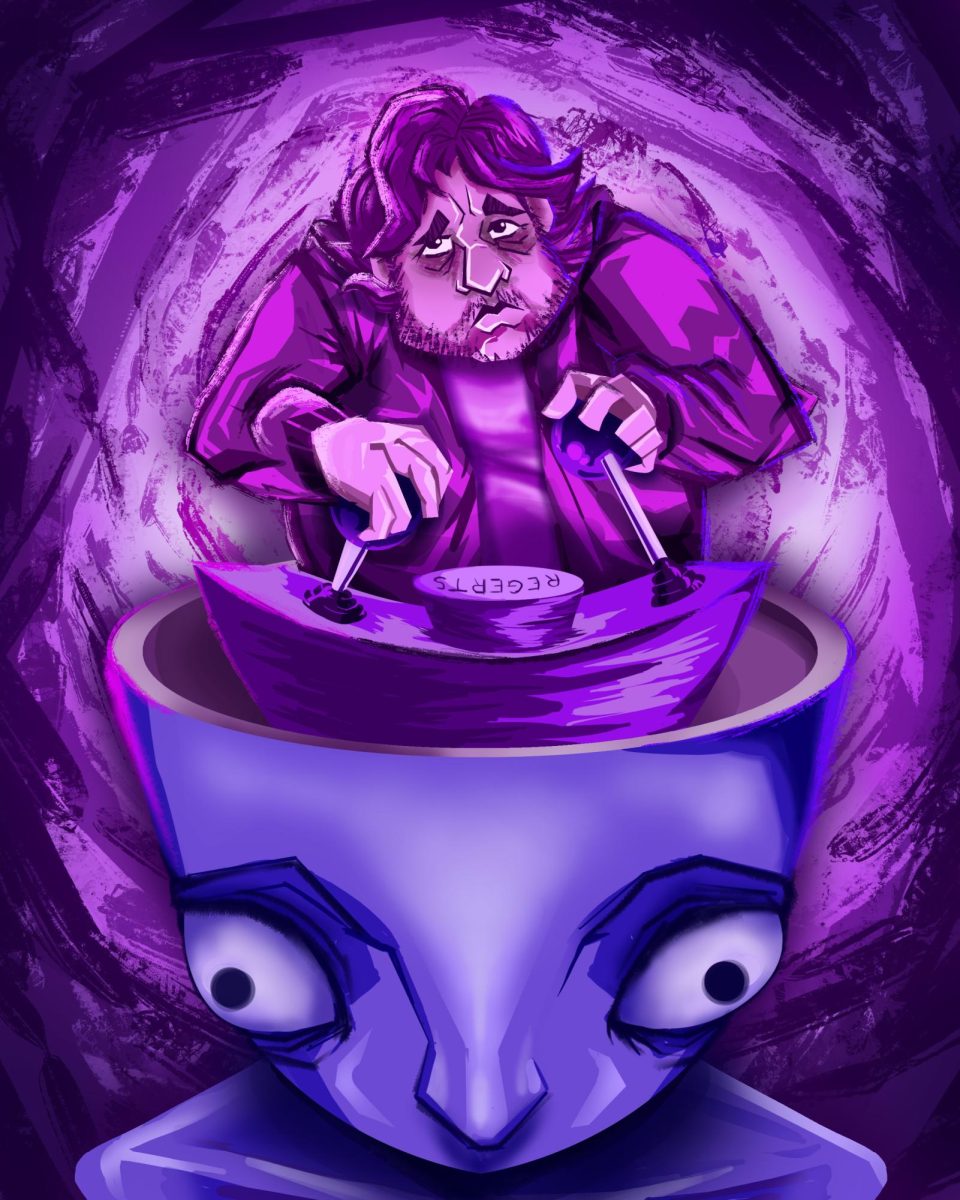




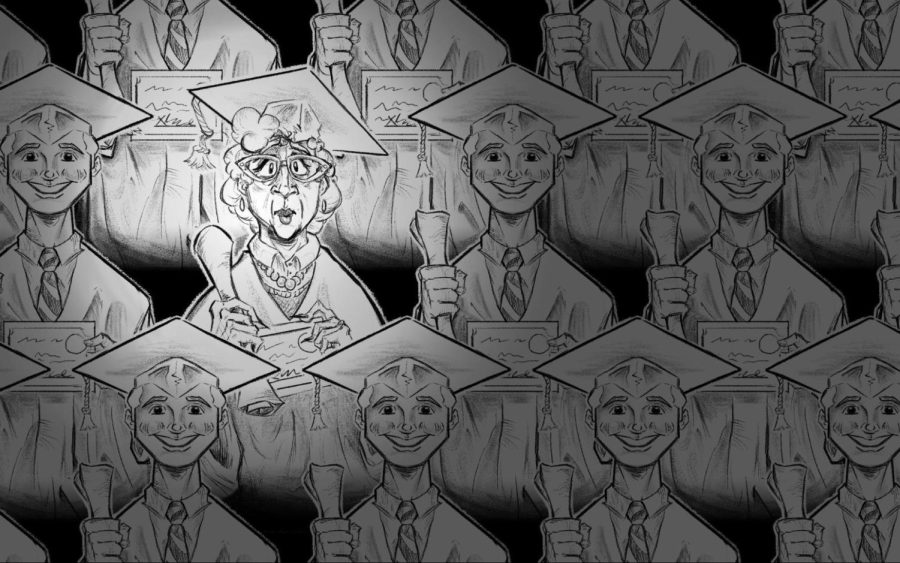


TMO • Jun 26, 2024 at 10:28 am
All great movies and all great representations of family, siblings and the love for each other.